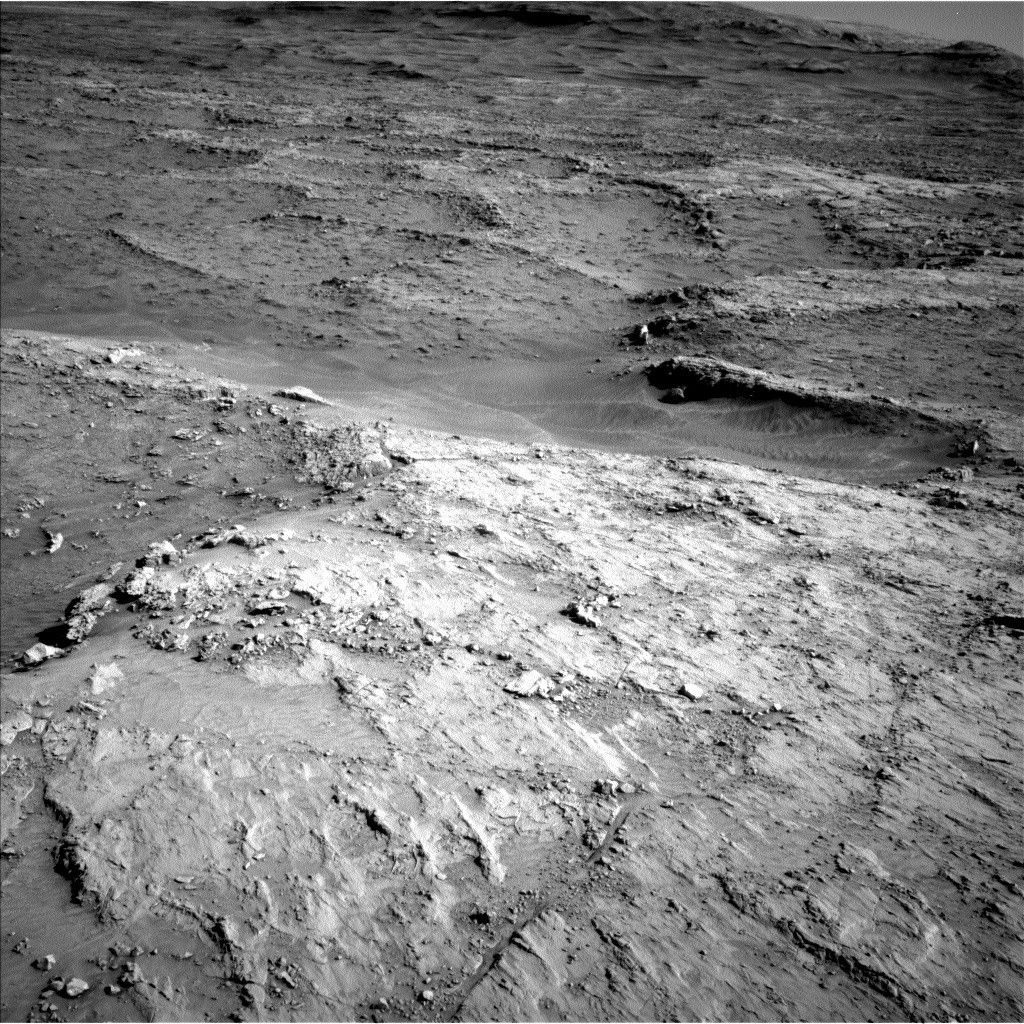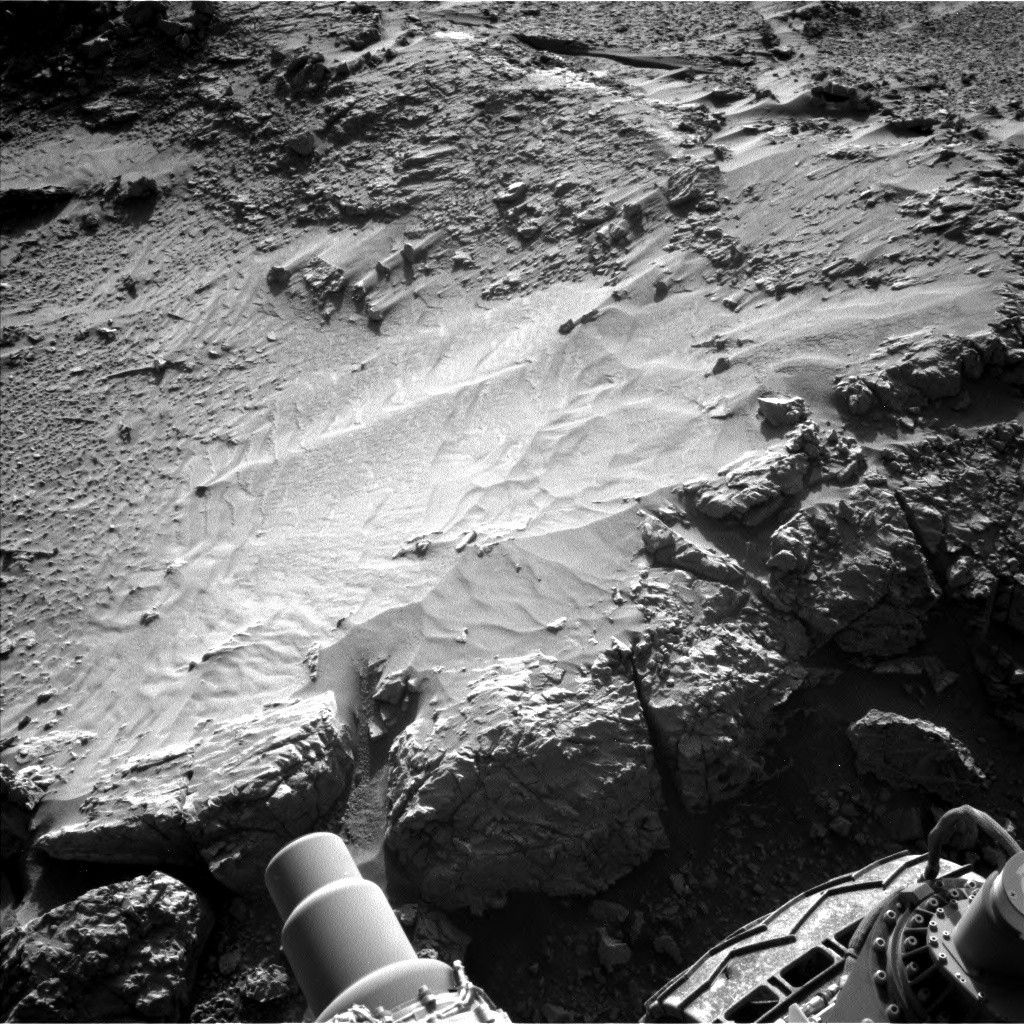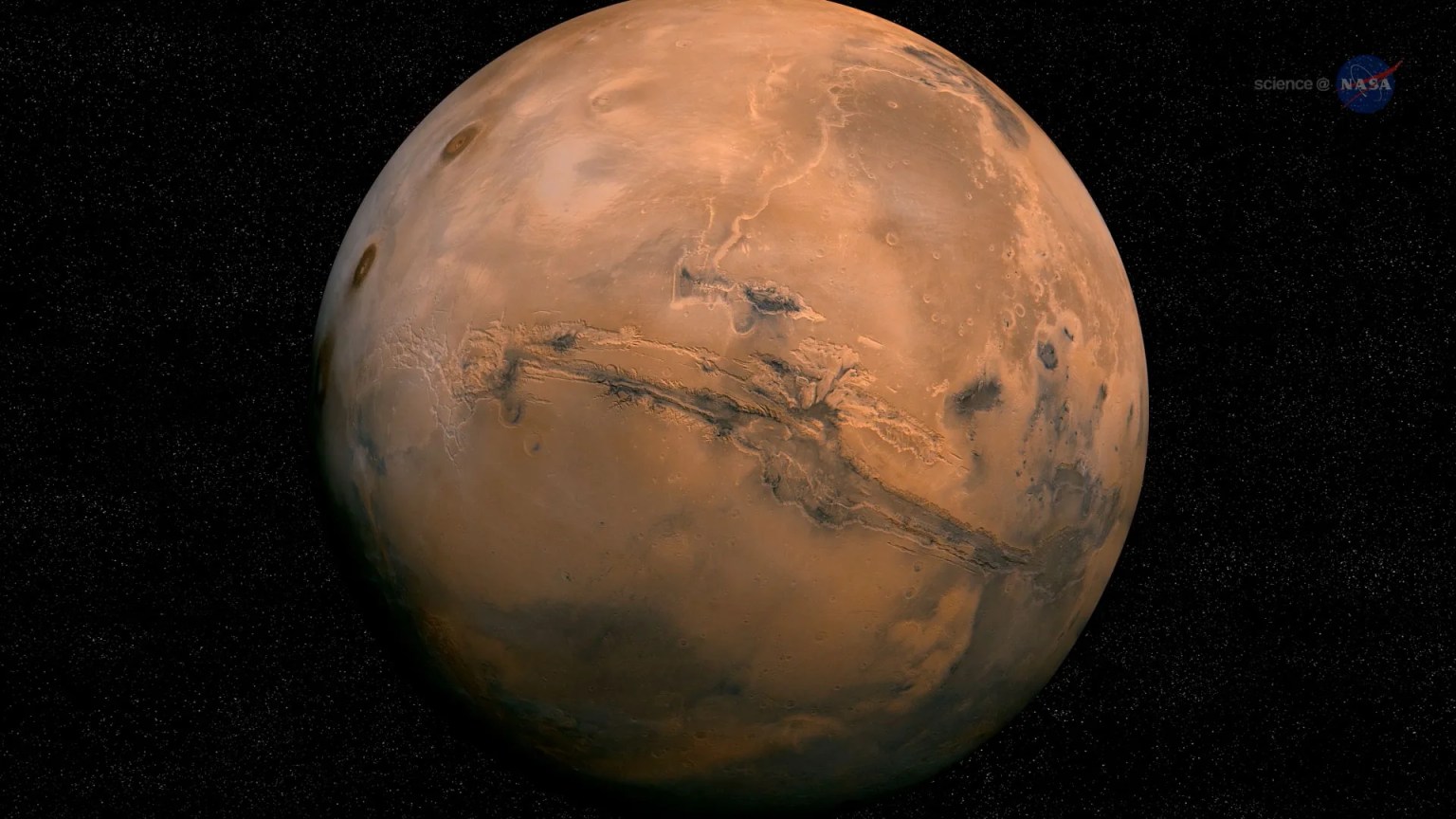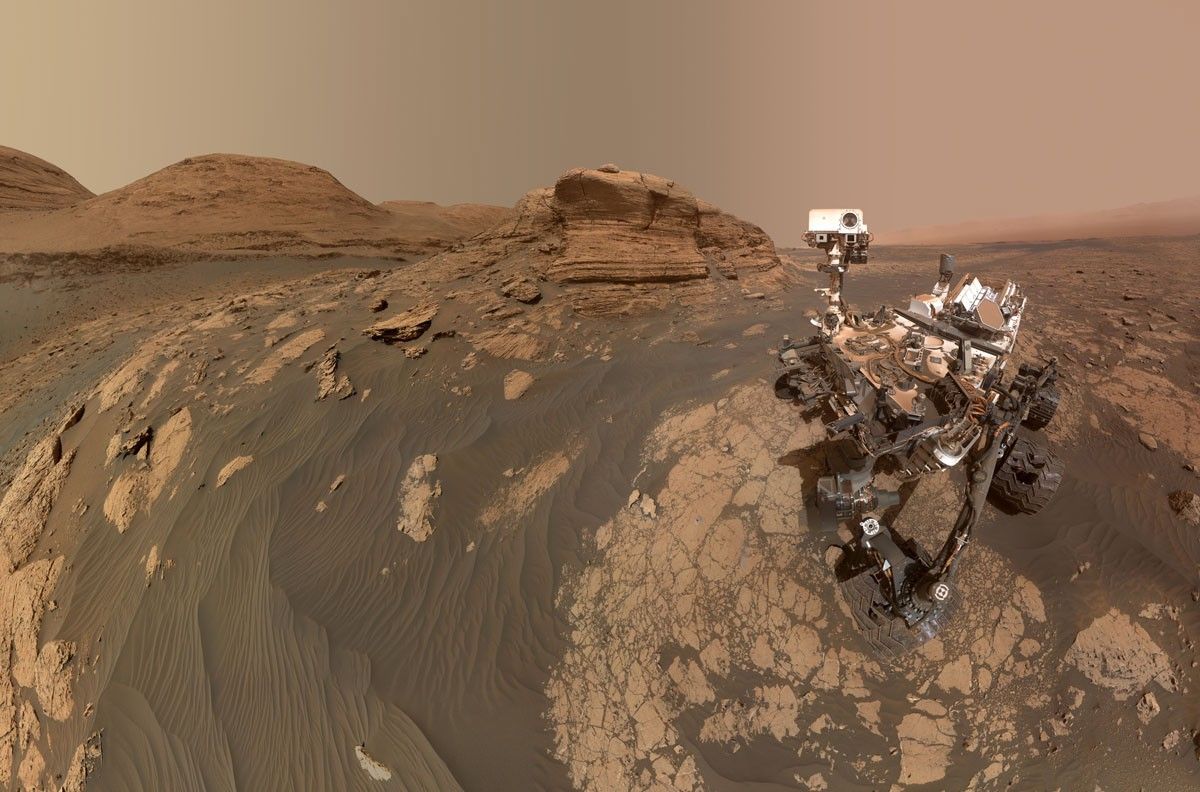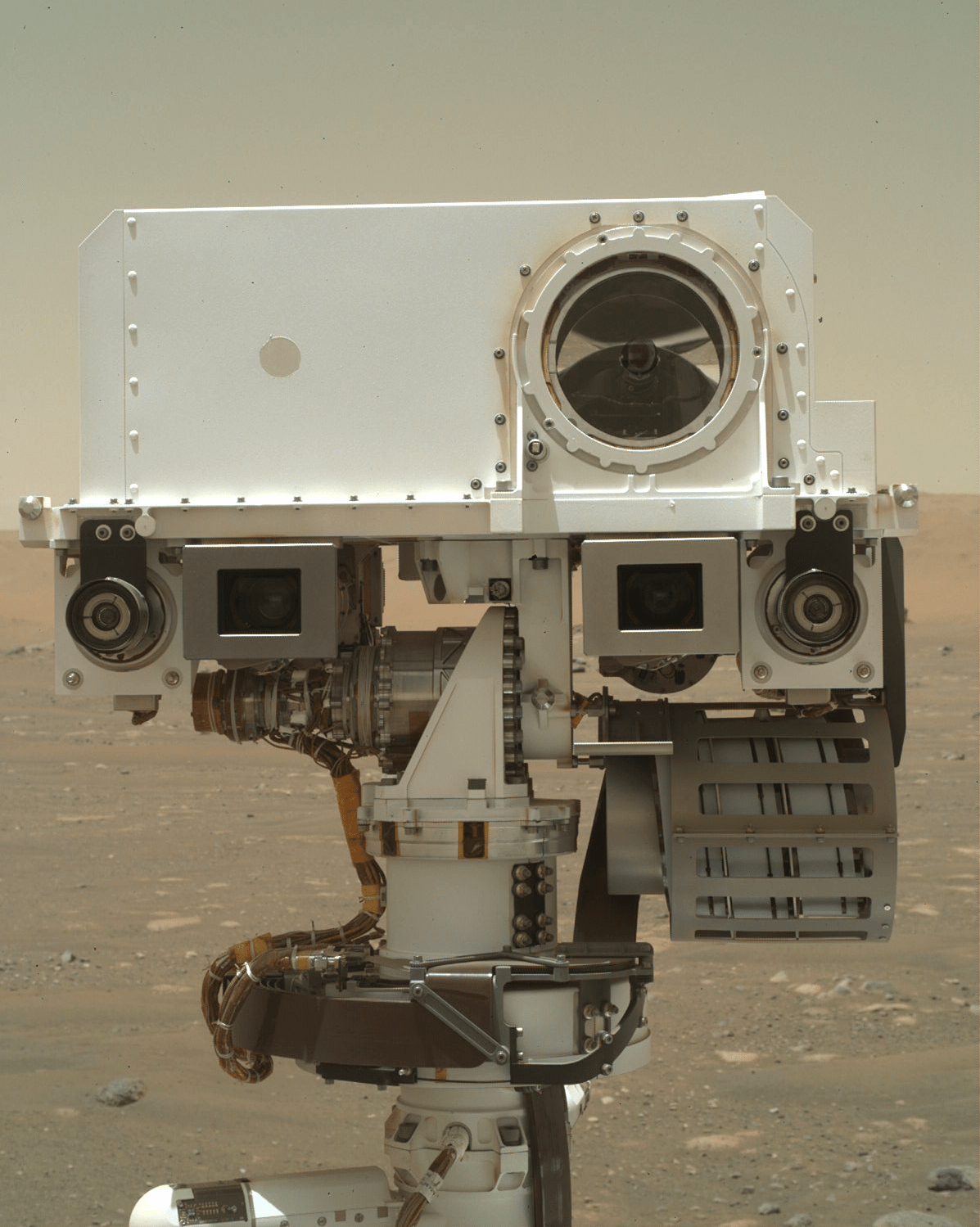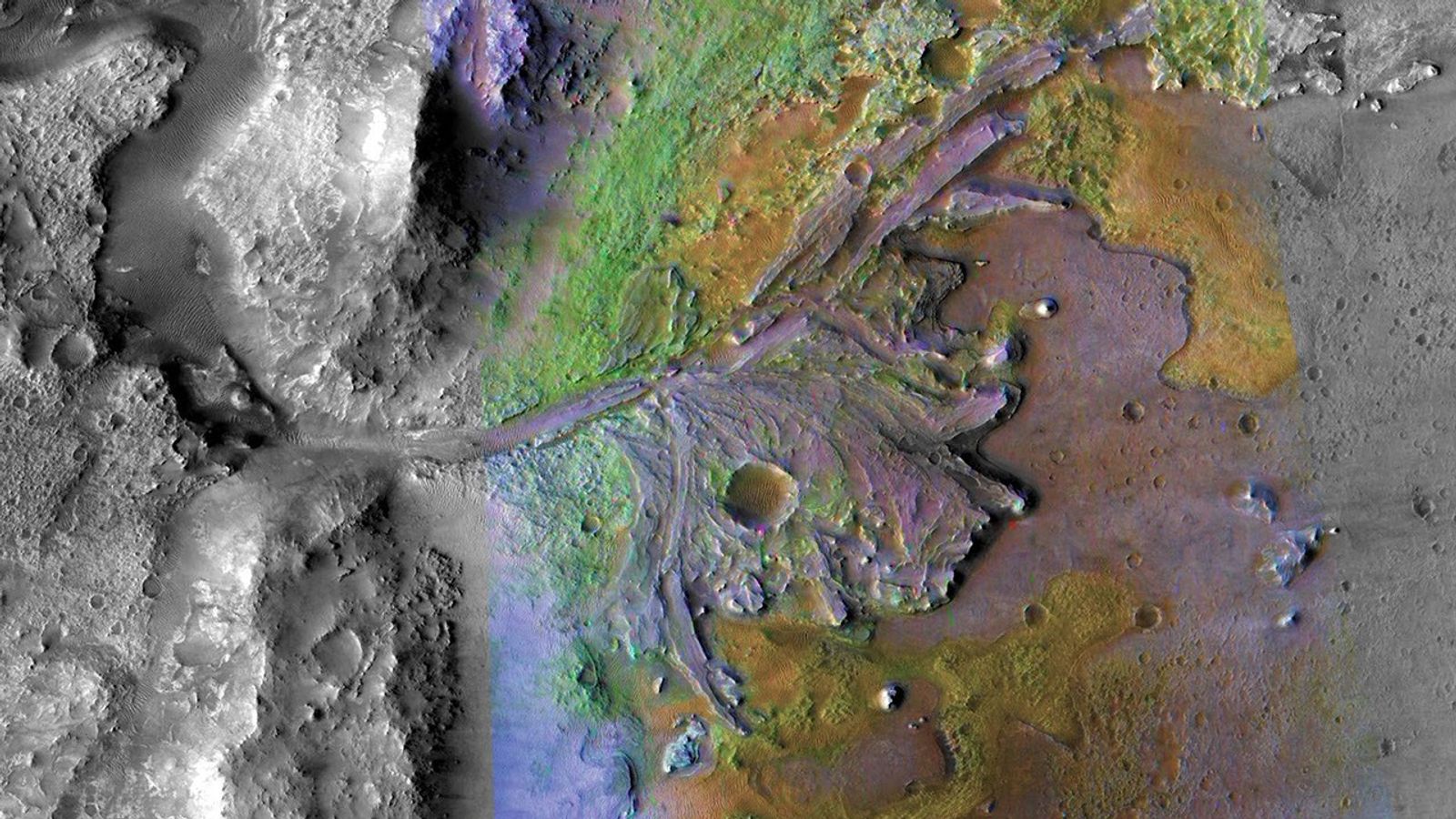Sols 4547-4548: Taking in the View After a Long Drive
- The NASA Mars rover Curiosity has completed a 45-meter drive on Sol 4546 (May 21, 2025), positioning itself for two full sols of imaging.
- The geology and mineralogy theme group (GEO) chose “Big Bear Lake” as their contact science target, which will be analyzed using various instruments including APXS, MAHLI, and ChemCam.
- ENV’s activities focused on remote sensing, including dust monitoring observations, cloud observations, and a phase function sky survey to understand how clouds scatter sunlight.
- The rover is currently in the cloudy season, allowing for more opportunities to study clouds and their effects on the Martian atmosphere.
- The mission will continue with two full sols of imaging, providing valuable data on the geology and environment of Mount Sharp and the surrounding area.
2 min read
Sols 4547-4548: Taking in the View After a Long Drive
Written by Alex Innanen, Atmospheric Scientist at York University
Earth planning date: Wednesday, May 21, 2025
Monday’s single-sol plan included a marathon 45-meter drive (about 148 feet), which put us in position for two full sols of imaging. This means both sols have what we call “targeted” science blocks, in which we have images of the workspace down from the last plan and can carefully choose what we want to take a closer look at. This always means a lot of good discussion amongst the geology and mineralogy theme group (GEO) about what deserves this closer look. As an outsider on the environmental theme group (ENV), I don’t always grasp the complexities of these discussions, but it’s always interesting to see what GEO is up to and to learn new things about the geology of Mount Sharp.
GEO ended up picking “Big Bear Lake” as our contact science target, which is getting its typical treatment from APXS and MAHLI, as well as a LIBS observation from ChemCam. Aside from that there was plenty of room for remote sensing. ChemCam is also taking a LIBS observation of “Volcan Mountains” and a long-distance mosaic of the Texoli butte. Mastcam is also taking mosaics of a nearby trough, as well as two depressions known as “Sulphur Spring,” a more distant boxwork structure, and the very distant Mishe Mokwa butte.
All of ENV’s activities are remote sensing, and we managed to squeeze in a few of those too. We have a couple dust monitoring observations, looking for dust devils and checking the amount of dust in the atmosphere. And since we’re still in the cloudy season we always try to make room for cloud observations. Today that meant a suraphorizon movie looking for clouds just above the horizon to the south, and a phase function sky survey, which captures clouds all around the rover, to try to understand how these clouds scatter sunlight.


